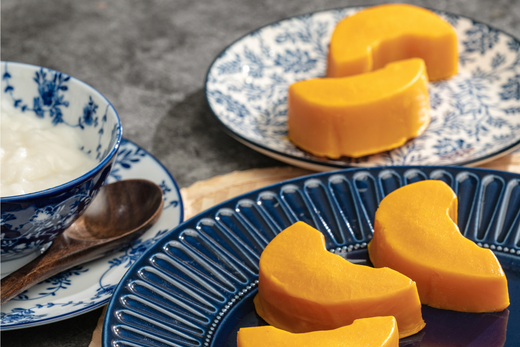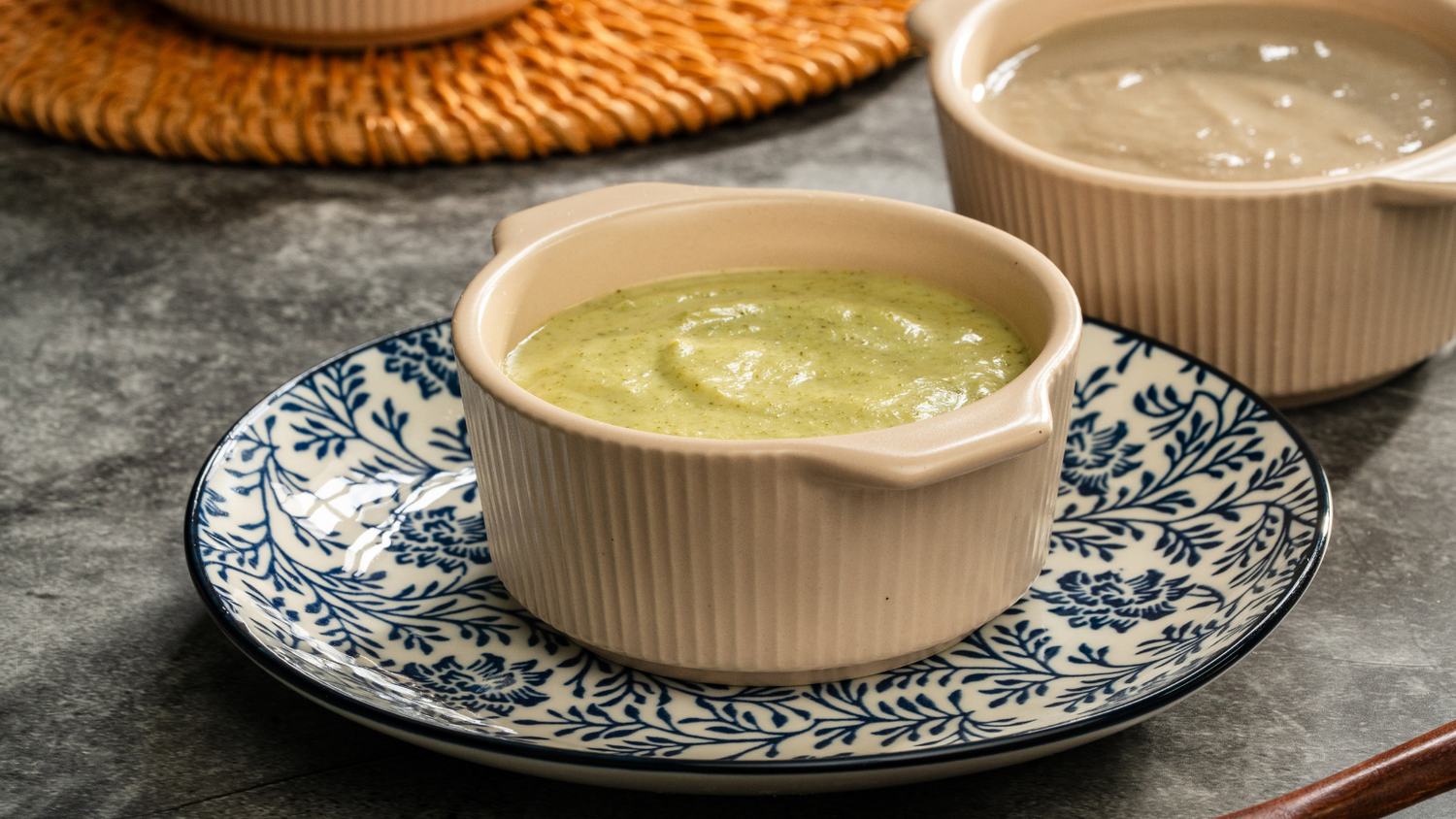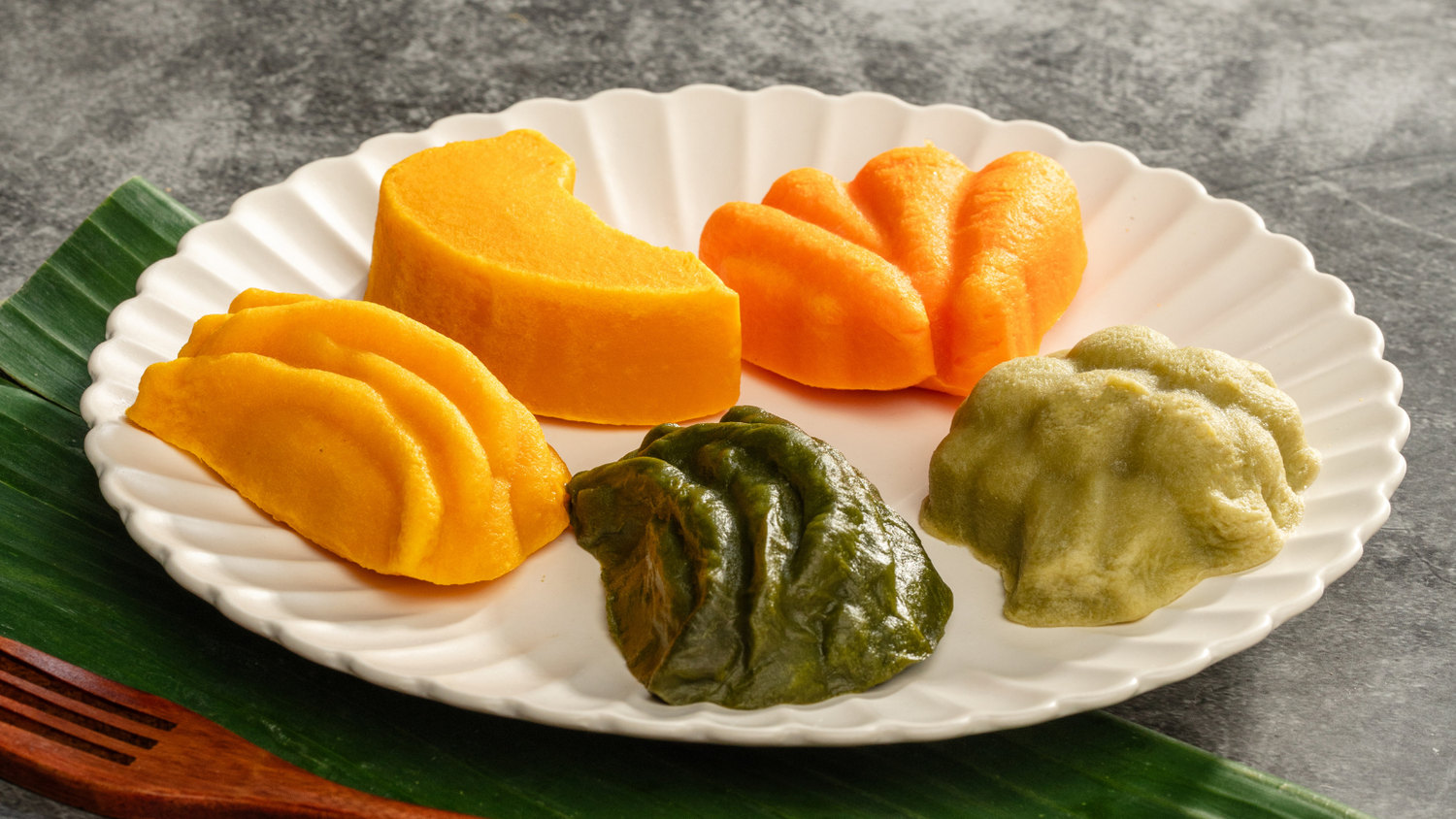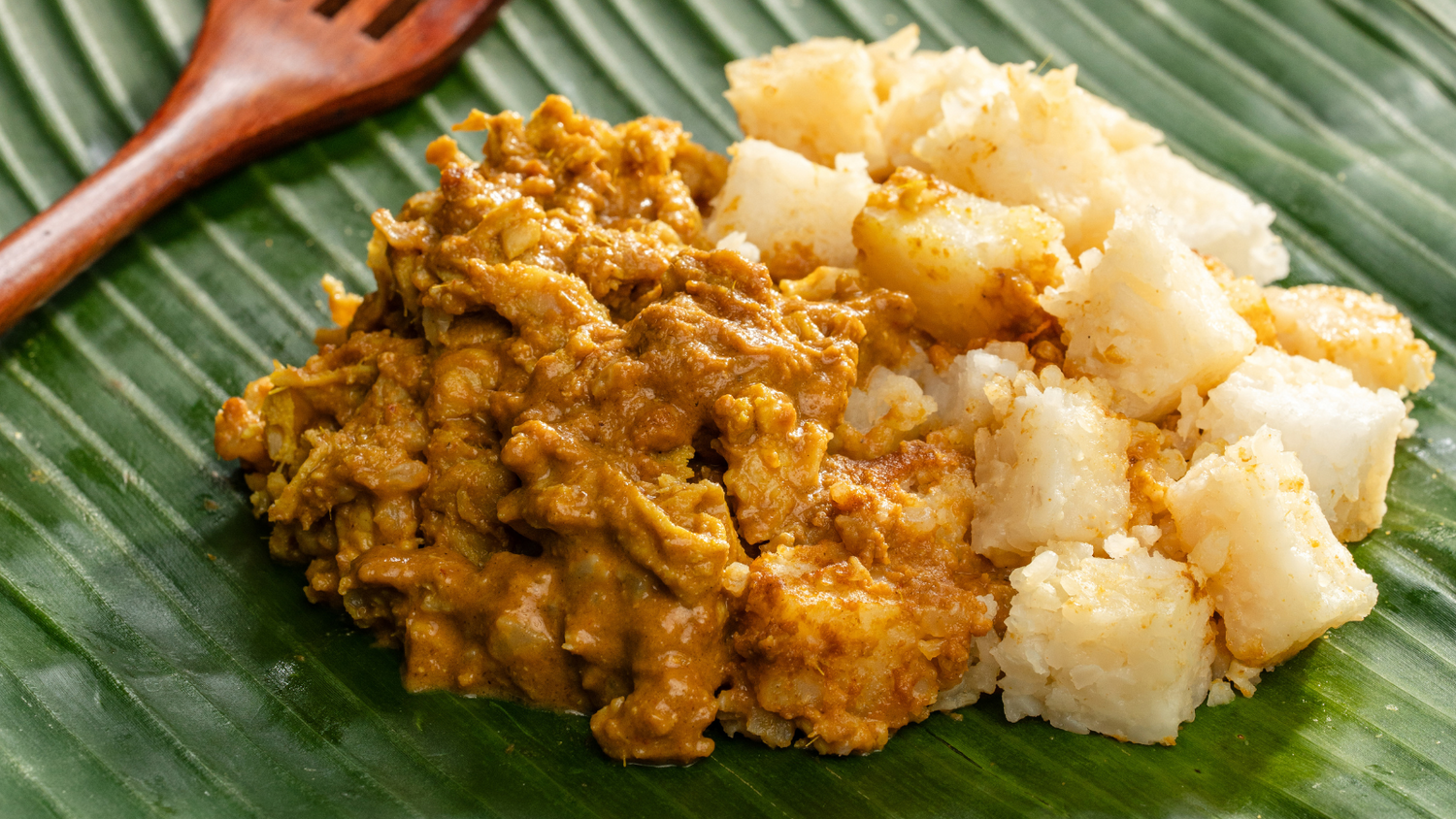Does Puréed Food Affect Nutritional Value?
Share
In short, nutritional value in puréed food may be lower than regular food. Some nutrients of puréed foods may be lost through preparation and cooking of foods prior to blending as well as during the process of blending. Preparation for blending foods often involves the removal of hard skins and fibres of the raw fruits and vegetables. Hence, much fibre is lost in this process. When boiling or steaming foods before blending, some water soluble nutrients like Vitamin C and B are also lost.
For dysphagia diets, it is important for caregivers to ensure that the patient receives adequate amounts of nutrients in order to stay hydrated and healthy. A key nutrient to look out for dysphagia diet is fiber.
Consuming a fiber-rich diet helps regulate bowel movements, maintain healthy blood-sugar levels, and reduce risk of colon cancer. Fiber content is highest in fresh vegetables and fruits, but for dysphagia patients who cannot consume regular foods, GentleFoods® try to choose foods with high fiber content so that loss of fiber content for patients is minimised.
Shop GentleFoods'® Food Selection
In general, puréed vegetables and fruits do not lose fiber content. But devices such as juice extractors or strainers used to strain pulp can remove much of the fiber content within the pulp. Furthermore, heat during blending and straining can further damage the structure of vegetables and fruits. For example, steaming or boiling broccoli destroys soluble fiber, thus leaving very little fiber content for the body.
In order to maximise fiber content, it is recommended to blend fruits and vegetables in their raw state. Common choices include carrots, broccoli, spinach and cabbage. These vegetables can be puréed without having to steam or boil, thus reducing the risk of losing fiber. Before blending, however, it is important to wash the fruits and vegetables thoroughly. This helps to remove dirt and pesticides, and keep the puréed food safe for consumption.
While you may choose to peel the fruits and vegetables before blending, it is not recommended to do so, as peeling leads to higher loss of fiber content. However, it may not be as easy to blend unpeeled fruits and vegetables using a regular home blender. If you wish to blend them without peeling, you should consider upgrading to a more powerful blender.
Shop GentleFoods'® Vegetables





